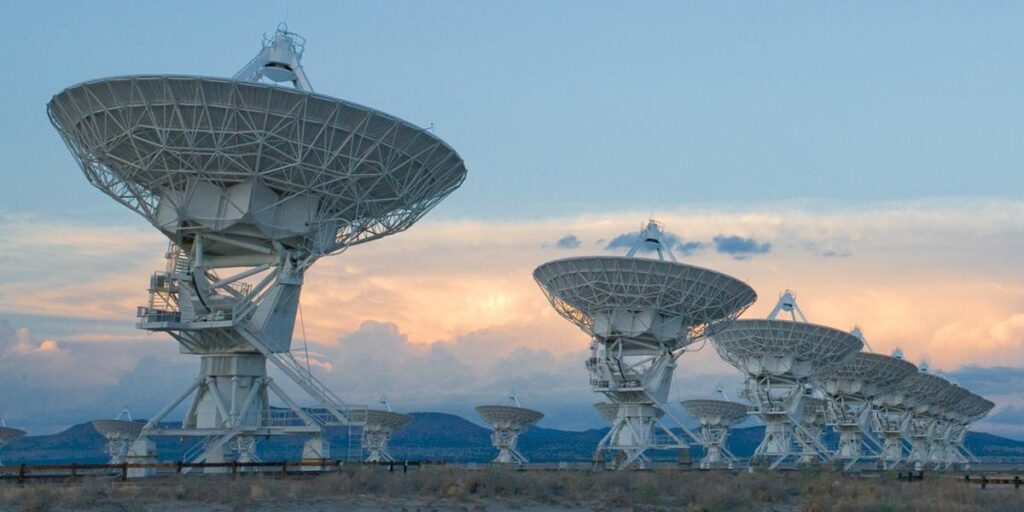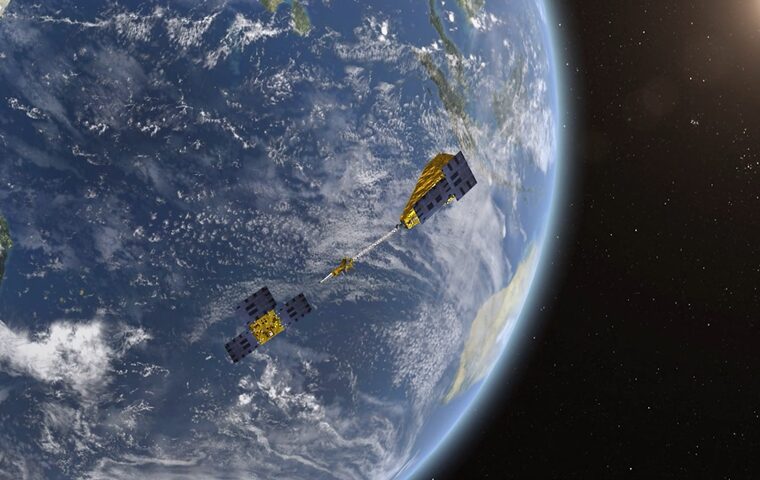Artificial Intelligence (AI) is being utilized today in dozens of fields, and it appears to be the “key” to unlocking the secrets of space and alien life. At least, that’s what researchers at the US-based research organization, the SETI Institute, believe. The acronym “SETI” stands for the Search for Extraterrestrial Intelligence.
Scientists estimate that our galaxy has between 10 and 50 billion potentially habitable worlds. The journey of space exploration has been underway for decades, but now scientists have a powerful ally: artificial intelligence.
Exploring alien life – How AI can help
“SETI, as an endeavor, is looking for science and technology beyond the solar system as evidence of life and intelligence, and that’s by and large a needle in a haystack problem. We’re looking for something that is likely exceedingly rare, and may be very difficult to find and extract from the background phenomena that you’re observing at the same time,” says Bill Diamond, the chief executive of SETI.
Emerging tools are revolutionizing the quest for extraterrestrial intelligence. The remarkable capabilities of artificial intelligence (AI) in handling vast datasets and detecting irregularities are reshaping the pursuit of alien signals.
One notable initiative involves a collaboration between the SETI Institute and the National Radio Astronomy Observatory (NRAO) in New Mexico, USA. This government facility employs radio frequencies to examine celestial bodies, including planets, stars, and asteroids.
Within this partnership, SETI is developing an AI-driven software system tailored for the NRAO’s flagship installation, the Very Large Array (VLA). Constructed from 1973 to 1981, the VLA comprises 28 expansive dish antennas, each with a diameter of 25 meters, dispersed across a desert expanse. Think of it as akin to the satellite dishes adorning residential homes but on a grandiose scale.
Once operational, the AI will tackle the monumental task of processing every data snippet collected, an astounding two terabytes (TB) every second. To put this into perspective, consider that modern laptops typically boast around 1TB of storage capacity in total.

Scientists scan the vast expanses of the cosmos
For more than six decades, scientists have diligently scanned the vast expanses of the cosmos, eagerly seeking signs of extraterrestrial life. Despite their relentless efforts, the presence of aliens remains elusive. When one ponders the immense expanse of the search—countless stars, myriad radio frequencies—contrasted with the relatively limited scope of our investigations thus far, the absence of conclusive evidence hardly surprises. Indeed, the quest is an intimidating endeavour, particularly for us humans.
“You basically treat the data as though it’s the hay,” says Eamonn Kerins, astronomer and SETI researcher at the University of Manchester. “Then you’re asking the machine-learning algorithm to tell you if there is anything in the data that isn’t hay, and that hopefully is the needle in the haystack — unless there’s other stuff in the haystack too.
During training, signals are intentionally embedded within the data, prompting the algorithm to discern similar patterns. The algorithm becomes adept at identifying and filtering out these familiar signals through this iterative process. Any deviation from the established patterns is duly noted; the algorithm raises a flag, signalling the presence of potentially intriguing data that warrants human investigation.



